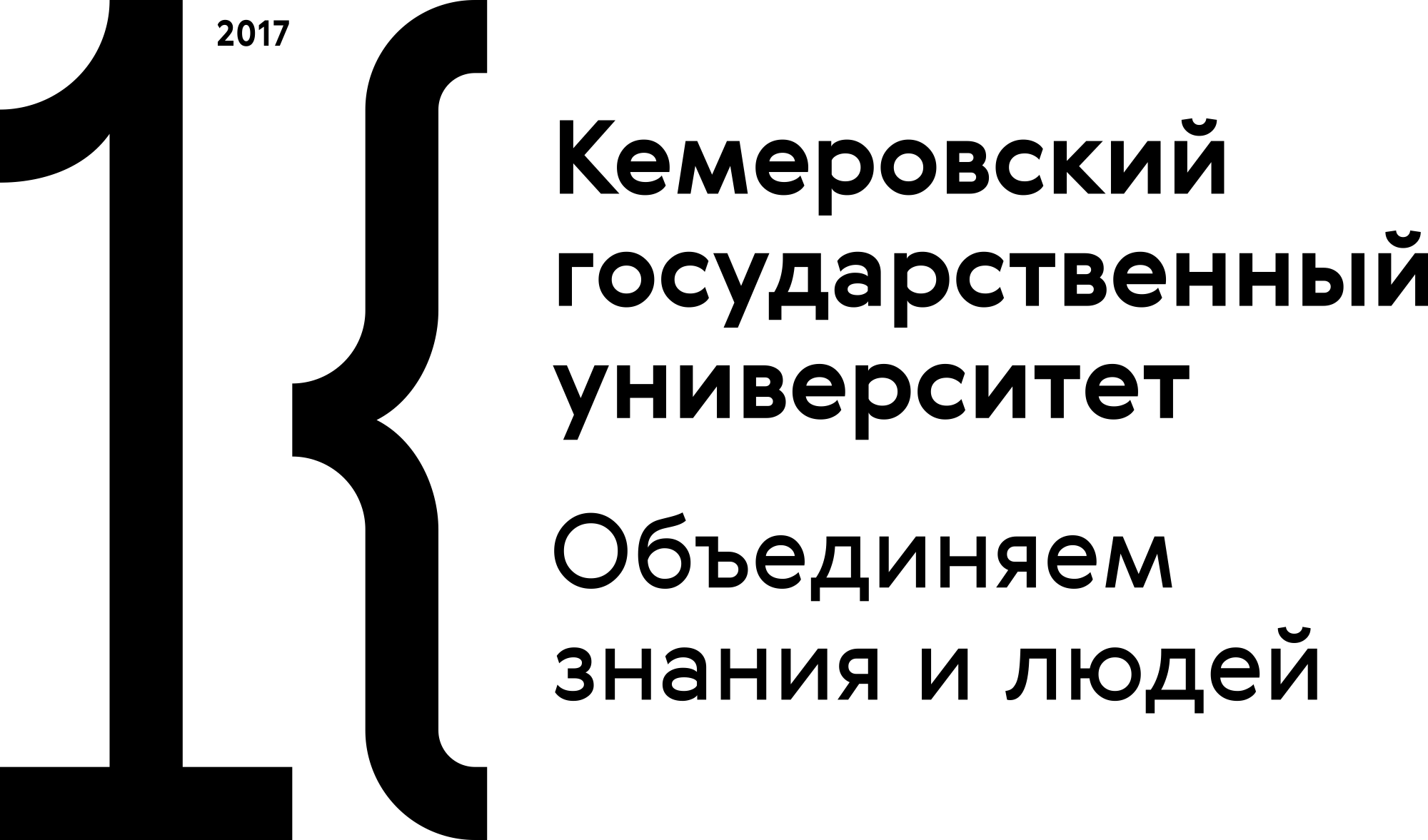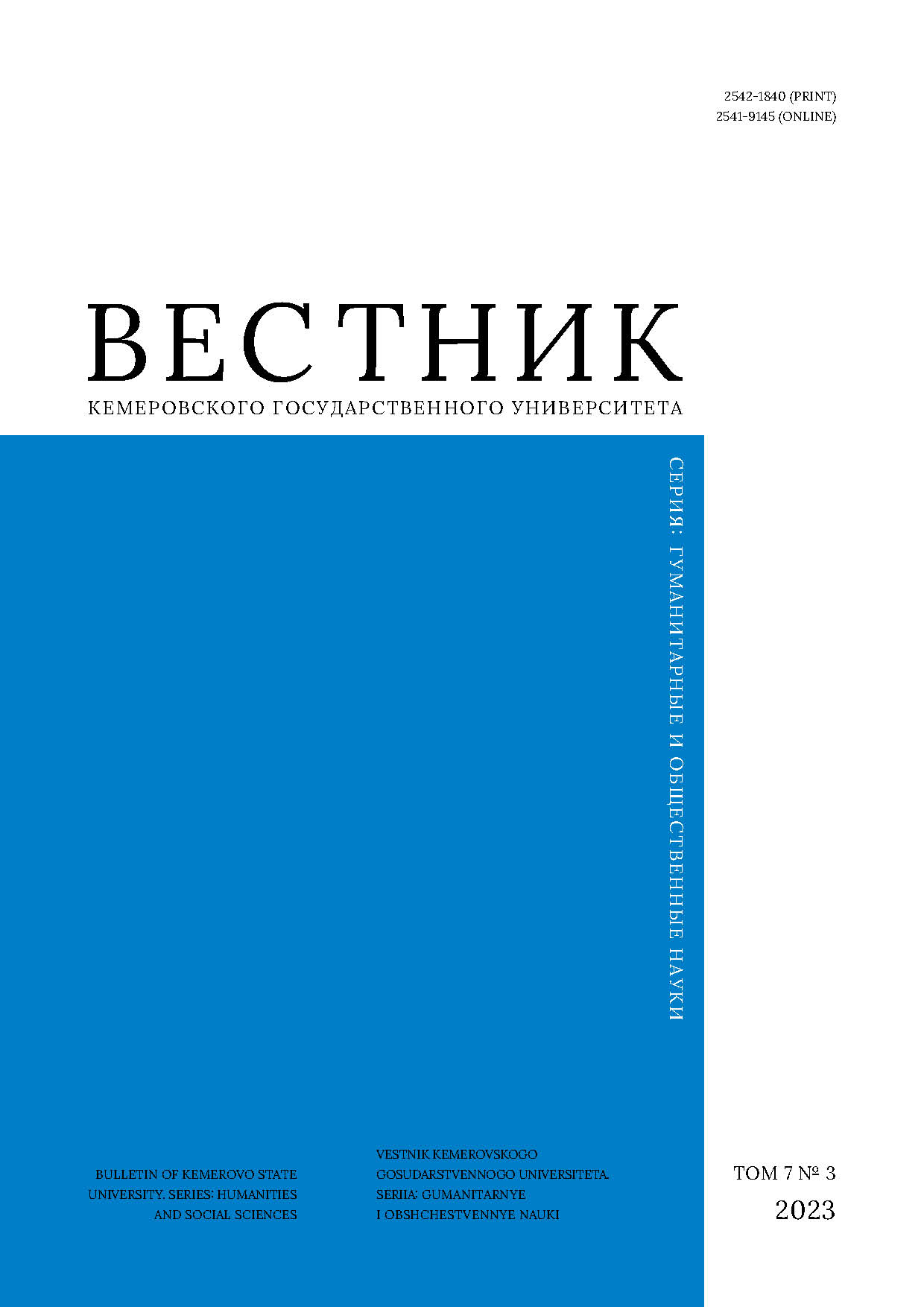Kaliningrad, Russian Federation
Symbolic judicial space is a historical and legal phenomenon. The spatial approach to social phenomena offers a phenomenological and communicative understanding of space as an object-subject interaction. The author described the origin and use of such terms as judicial space and space of justice in scientific circulation to compile a new definition of judicial space and its symbolization. Judicial space is multidimensional in its structure, which can be subdivided into physical, social, and mental judicial subspaces. Judicial activity has a high degree of symbolism and rituality, which can be supported by a number of historical and legal examples. The symbolization of judicial space is a historical and legal process that determines the course of historical memory. In this aspect, it is a subject of historical and legal science, e.g., legal source studies, legal iconography, legal semiotics, and narrative jurisprudence.
history of state and law, court, judicial space, space of justice, symbol, symbolization, legal source studies, legal iconography, legal semiotics, narrative jurisprudence
1. McGinn T. A. J. Judicial spaces in the Roman world - roland färber, römische gerichtsorte: räumliche dynamiken von jurisdiktion im imperium romanum (Vestigia: Beiträge zur alten Geschichte, Band 68). (Verlag C. H. Beck, München 2014). S. x + 418, Abb. 43. ISSN 0506-8010; ISBN 978-3-406-66669-8. EUR. 70. Journal of Roman Archaeology, 2017, 30: 649-653. https://doi.org/10.1017/S104775940007447X
2. Halbwachs M. Population and society: introduction to social morphology. Glencoe, Illinois: Free Press, 1960, 207.
3. Burns R. P. 100 court houses: a report on North Carolina's Judicial Facilities. Vol. 1: the statewide perspective: description, evaluation and design guidelines. N. C. State Univ. School of Design, 1978, 227.
4. Voynikov V. V. The area of freedom, security and justice within the EU law system. Journal of Foreign Legislation and Comparative Law, 2018, (6): 91-97. (In Russ.) https://doi.org/10.12737/art.2018.6.8
5. Bablitz L. Actors and audience in the Roman courtroom. 1st ed. London-NY: Routledge; Taylor & Francis Group, 2007, 304. https://doi.org/10.4324/9780203946770
6. Spaces of justice in the Roman world, ed. de Angelis F. Leiden-Boston: Brill, 2010, XII, 434, illus.
7. Marrani D. Space, time, justice: from archaic rituals to contemporary perspectives. 1st ed. London-NY: Routledge; Taylor & Francis Group, 2017, 160. https://doi.org/10.4324/9781315203249
8. Davydov V. N. Genesis of judicial space's elements. Science, education and experimental design: Proc. Intern. Sci.-Prac. Conf. of Academia, Young Scientists, and Students, Moscow, 4-8 Apr 2016. Moscow: MARCHI, 2016, vol. 1, 160-161. (In Russ.) https://www.elibrary.ru/vjpagi
9. Davydov V. N. Architecture of the basic elements of judicial space. Science, education and experimental design. Proceedings of the Moscow Architectural Institute: Proc. Intern. Sci.-Prac. Conf., Moscow, 4-8 Apr 2016. Moscow: MARCHI, 2016, 186-189. (In Russ.) https://www.elibrary.ru/yalmpj
10. Davydov V. N. Prerequisites for the spatial organization of the New Age Temples of Justice in Europe in the XIX Century. Science, education and experimental design: Proc. Intern. Sci.-Prac. Conf. of the Teaching Staff, Young Scientists and Students, Moscow, 3-7 Apr 2017. Moscow: MARCHI, 2017, vol. 1, 160. (In Russ.) https://www.elibrary.ru/yonhqf
11. Argunov A. V. The space of justice in the Middle Ages. Vestnik grazhdanskogo protsessa, 2020, 10(3): 142-169. (In Russ.) https://doi.org/10.24031/2226-0781-2020-10-3-142-169
12. Voynikov V. V., Entin M. L. 20 years of the EU's area of freedom, security and justice. Sovremennaya Evropa, 2019, (4): 5-16. (In Russ.) https://doi.org/10.15211/soveurope420190515
13. Voynikov V. V. Legal regulation of the European area of freedom, security and justice. Kaliningrad: IKBFU, 2013, 397. (In Russ.) https://www.elibrary.ru/yrgtkp
14. Potemkina O. Yu. EU's area of freedom, security and justice. Moscow: Grif i K, 2011, 368. (In Russ.) https://www.elibrary.ru/slkawx
15. Nemytina M. V. Comparative legal research space. Methodology of Comparative Legal Studies. Zhidkov's readings: Proc. All-Russian Sci. Conf., Moscow, 30 Mar 2012. Moscow: PFUR, 2013, 19-26. (In Russ.) https://www.elibrary.ru/syygql
16. Nemytina M. V. Spatial models in comparative legal research. Serving the Law, eds. Tumanov D. A., Zakharova M. V. Moscow: Prospekt, 2017, 462-472. (In Russ.) https://www.elibrary.ru/wzmtnc
17. Vlasova G. B. Symbols and rituals as cultural characteristics of legal proceedings. Philosophiya Prava, 2007, (2): 69-73. (In Russ.) https://www.elibrary.ru/muujax
18. Gurenko D. V. Rituals and symbols in judicial practice: legal-anthropological aspects. Jurist-Pravoved, 2006, (4): 83-85. (In Russ.) https://www.elibrary.ru/ylhaup
19. Isaev I. A. Legal space of trial: Franz Kafka’s legal semiotics. Lex Russica, 2006, 65(5): 854-872. (In Russ.) https://www.elibrary.ru/hwhtjp
20. Maltsev I. V. On the concept of legal symbols within scope of the institutional legal approach. Law. Journal of the Higher School of Economics, 2019, (4): 100-121. (In Russ.) https://doi.org/10.17323/2072-8166.2019.4.100.121
21. Momotov V. V. Symbolism in Medieval law as the initial stage in the formation of law. Istoriia gosudarstva i prava, 2003, (2): 14-19. (In Russ.)
22. Pakhalov M. Yu. Litigation in Medieval England: legal vs. ritual forms. Cand. Law Sci. Diss. Moscow, 2007, 158. (In Russ.) https://www.elibrary.ru/nouacf
23. Kostinsky G. D. Geographical matrix of spatiality. Izvestiya Rossiiskoi Akademii Nauk. Seriya Geograficheskaya, 1997, (5): 16-31. (In Russ.)
24. Dahlberg L. Spacing law and politics: the constitution and representation of the juridical. 1st ed. Abingdon-NY: Routledge, 2016, 292. https://doi.org/10.4324/9781315680224
25. Hardman E. L. Conflicts, confessions, and contracts: diocesan justice in late fifteenth-century carpentras. Leiden-Boston: Brill, 2016, 264. https://doi.org/10.1163/9789004329683
26. Bourdieu P. Sociology of social space. Moscow: Institut eksperimentalnoi sotsiologii; St. Petersburg: Aleteiia, 2007, 288. (In Russ.) https://www.elibrary.ru/qoecdf
27. Petrażycki L. I. Theory of law and state as part of moral theory. 2nd ed. St. Petersburg: Tip. T-va "Ekateringofskoe Pechatnoe Delo", 1909, vol. 1, 6, 318. (In Russ.)
28. Fauconnier G. Mental spaces. Linguistics and Philosophy, 1987, 10(2): 247-260.
29. Fauconnier G., Turner M. The way we think: conceptual blending and the mind's hidden complexities. NY: Basic Books, 2002, 464.
30. Sorokin P. A. The system of sociology. Vol. 1. Social Analytics. Pt. 1. The structure of the elementary social phenomenon. Petrograd: Kolos, 1920, XIV, 464. (In Russ.)
31. Collins R. The sociology of philosophies: a global theory of intellectual change. Novosibirsk: Sibirskii khronograf, 2002, 1282. (In Russ.) https://elibrary.ru/xrprtv
32. Lotman Yu. M. Symbol in culture. In: Lotman Yu. M. Selected articles. Vol. 1. Articles on semiotics and typology of culture. Tallinn: Aleksandra, 1992, 191-199. (In Russ.)
33. Sharno O. I. The classification model of law-enforcement symbols. Vestnik Volgogradskogo gosudarstvennogo universiteta. Seriya 5: Yurisprudentsiya, 2013, (3): 41-43. (In Russ.) https://www.elibrary.ru/ruvpjh
34. Koltunova E. A. Symbol and symbolization: similarity and difference of the interpretation in the context of the different psychological approaches. Russian Psychological Journal, 2012, 9(3): 72-81. (In Russ.) https://doi.org/10.21702/rpj.2012.3.9


















